Authorities discovered the body of Vancouver nurse Cindy James (Cynthia Elizabeth James) in the yard of an abandoned home in June 1989. She had a stocking wound securely around her neck, her hands and ankles were bound behind her back, and she was battered and injured.
The police ruled that it was suicide.
Cindy James’ death came following a seven-year campaign of intimidation, assault, and even arson attempts on her home. There was no mention of the perpetrator. Was it James herself, as the police had theorized? Or was it something darker?
James’s death and earlier accusations were hotly contested because the Royal Canadian Mounted Police (RCMP) could not locate any proof that she had actually been the victim of a stalker. Authorities believe she may have created the many attacks and other occurrences herself, organizing them to appear legitimate, leading to an eventual staged suicide.
She also had a known medical history of depression and suicidal ideation. The RCMP spent between $1 and 1.5 million on the roughly seven-year period during which James reported the occurrences, making it one of the most extensive and expensive police inquiries in British Columbia history.
Cindy James’ family members publicly asserted that she had been taken advantage of and then killed, despite the police’ disbelief. In the spring of 1990, a coroner’s inquest had testimony from more than 80 witnesses.
In the end, the inquest ended in a deadlock and concluded that Cindy James had passed away due to an “unknown occurrence.”
Who Was Cindy James?
Otto Hack, an English teacher and retired colonel in the Royal Canadian Air Force, and Matilda “Tilley,” a homemaker, welcomed Cynthia Elizabeth Hack into the world on June 12, 1944, in Oliver, British Columbia, Canada.
Her parents were both of Russian ancestry. She was one of six kids, with two younger sisters and three older brothers. Due to her father’s work in the air force, Cindy lived in Ottawa for most of her adolescence and attended high school there.
She noted in her journals how her father’s strictness, including corporal punishment, had characterized her youth.
When she was an adult, Cindy decided to become a nurse and enrolled in nursing school in Vancouver in 1962. She visited them over the holidays when her father moved the family to France at this time and reenlisted in the air force.

Cindy James’ case remains the most expensive case taken by the RMCP in British Columbia
Cindy periodically mentioned an unknown intern she had met while studying in her mails to her family during this time. She stated that after learning he had a terminal disease, the man who had been engaged to her for a time killed himself when the two were on a skiing trip.
Cindy didn’t mention the man by name, but neither her parents nor siblings had ever met him.
Cindy first met Roy Makepeace, a South African psychiatrist who was 18 years her senior, in the summer of 1965. On December 9, 1966, she earned her BSN from nursing school, and the two were married.
Due to the age gap between the couple, Cindy’s parents had their doubts about the union, and her father believed that Makepeace had taken advantage of Cindy’s “naiveté and gullibility.”
Her relatives testified that the couple’s marriage was strained and that they occasionally exhibited emotional distance from one another. Cindy later accused Makepeace of marital violence, although Makepeace said he “only slapped her twice” during their marriage.
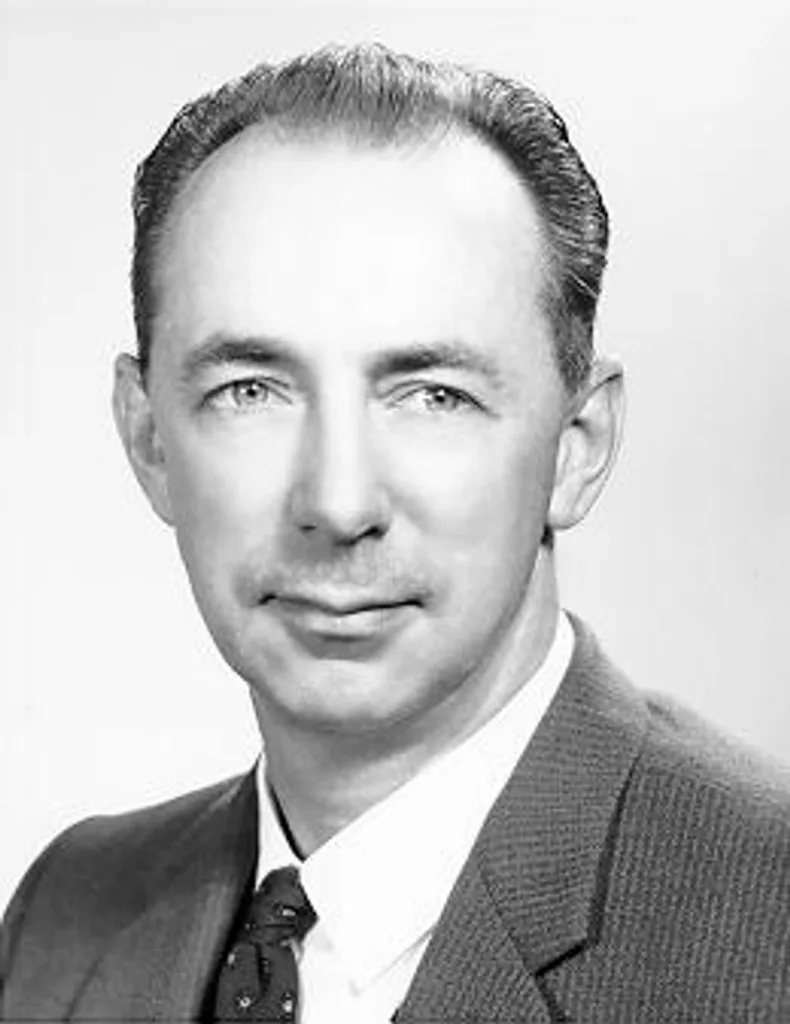
Dr Roy Makepeace
Although Makepeace held a medical license in South Africa, where he was born, he repeatedly failed to secure one in Canada. As a result, he accepted a position as an assistant professor in the faculty of medicine at the University of British Columbia.
From 1966 through 1975, Cindy worked as a pediatric nurse at Vancouver General Hospital, where her husband had previously had a position. Makepeace joined BC Hydro in 1973 and was appointed head of health services.
At Vancouver’s Blenheim House, a center for kids with behavioral difficulties, Cindy was employed in April 1975 as a team coordinator. She spent about 12 years working at Blenheim House, where her coworkers commended her expertise and professionalism.
What Really Happened to Cindy James?
Between 1982 and 1989, a period of nearly seven years, Cindy reported to the Royal Canadian Mounted Police (RCMP) over 90 instances of illegal conduct. Her allegations included claimed house invasions, physical assaults, stalking, vandalism, arson, harassment, and intimidation committed by an unidentified person or persons.
The Horror Begins
In September 1982, four months after Cindy and Makepeace’s divorce, the occurrences started. She revealed to her friends and family that she thought a prowler had been watching her house in late September. The first offensive phone call was received on October 7, 1982.
A string of them shortly followed. Cindy’s mother said that, despite her reluctance to talk about her experiences, Cindy’s mother stated that the calls involved a person speaking in various voices and that, sometimes, there was nothing but silence on the other end of the line. Some of the calls, according to Cindy, were sexually and violently charged.
Cindy got a call on October 11 that was made up of heavy breathing noises, and the next day she got another call in a threatening voice that said, “I’ll get you one night, Cindy.”
She reported the harassing calls to the RCMP, who came to her house and advised her to get an unlisted number and record each call’s details. Soon after the policeman walked away, Cindy got a call from what sounded like a male voice saying: “You filthy bitch. I will find you.”
The caller threatened her the following day, on October 12, in the late afternoon: “Do you really believe that contacting the police will keep you safe? One waits. My zipper is open, and I’m speaking with my throbbing —” before she cut the conversation off suddenly.

The house where Cindy James lived
Cindy notified the RCMP two days later that she had heard someone prowling outside her house and discovered her porch lights had broken when she woke up.
Although nothing else had been disturbed, she called the police on October 15 to report that someone had thrown a rock through one of her windows and entered her home. She said that someone had broken into her house and slashed a pillow on her bed on October 19, four days later.
A Vancouver RCMP officer named Patrick McBride believed her estranged husband, Makepeace, was responsible, but he denied it. Cindy herself gave contradictory accounts about Makepeace.
She told the police that she did not believe he could torture her, but she also revealed to friends and coworkers that he had been severely abusive to her while they were married. On October 20, after Cindy had left for work, two tenants who shared Cindy’s basement told the police that they had heard odd noises coming from the main level.
A next-door neighbor alerted McBride that she had seen a man at least three times standing in front of the house and once entering the front yard gate. The neighbor adamantly maintained that the man did not resemble Makepeace.
Concurrently, Cindy started dating McBride; their union lasted almost a year. On October 31, 1982, McBride, who had recently divorced his wife, moved into Cindy’s home.
She revealed to her pals that McBride had promised to stay for about two weeks to aid with surveillance in case the offender showed up at her house. McBride discovered Makepeace in his parked car in the back alley of the house a few days after he had moved there.
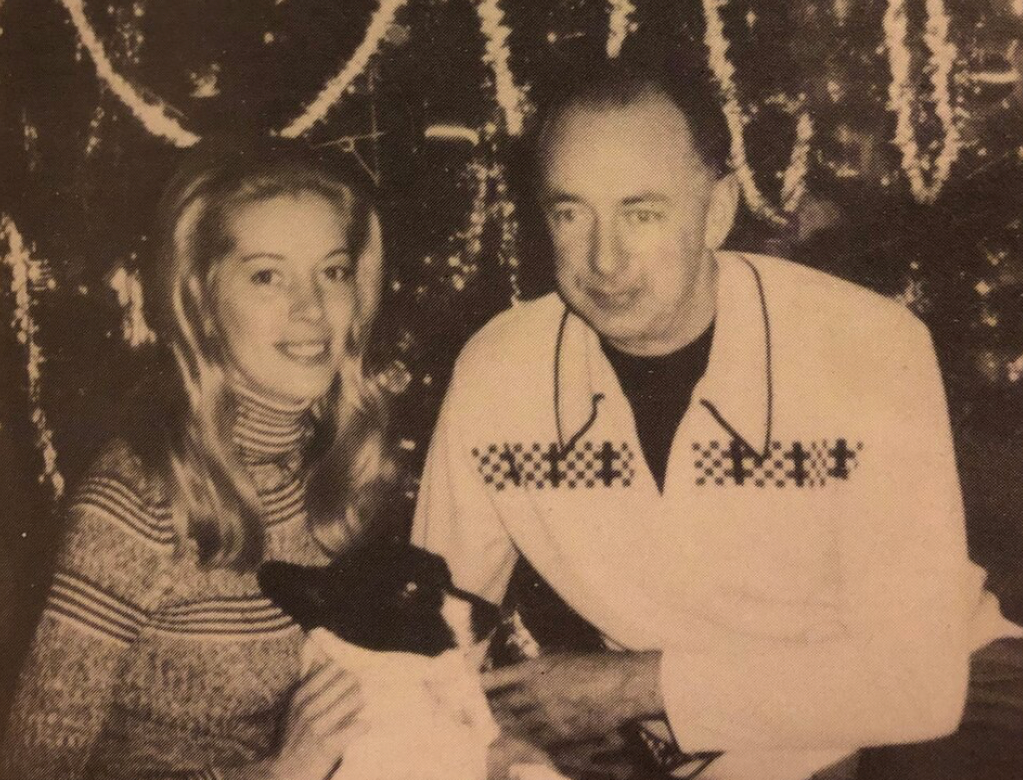
Cindy James and Roy Makepeace during their married years
Makepeace, when questioned, said he was attempting to catch Cindy’s alleged intruder “in the act” and departed after learning that the man had moved in with Cindy.
Midway through November, McBride claimed that he personally received an enigmatic phone call at the house with Cindy present. The caller made no noises.
Although the call was ultimately identified as coming from an exchange in the Richmond district of Vancouver, McBride initially believed it might have originated from an airport terminal since he could hear a woman’s voice in the background over a public address system.
Cindy discovered a message pinned to her windscreen later in November that showed an image of a body lying beneath a hospital sheet. On November 28, McBride noticed that there were five distinct areas where the phone wires outside the house had been severed.
Cindy, who remained nice and courteous with Makepeace after their breakup, occasionally welcomed him to her house with McBride present since the two men were curious about locating the person who had harassed her and frequently talked about the issue.
On December 1, 1985, McBride left Cindy’s house, but the two kept up a casual relationship, frequently going out to dinner in Bellingham, Washington, and Vancouver, British Columbia.
The week before Christmas in 1982, Cindy discovered a note with the words “Merry Christmas” and a stained-red photograph of a woman with her throat slit outside her home.
The Horror Intensifies
Agnes Woodcock, a friend and coworker from Blenheim House, visited Cindy’s home on the evening of January 27, 1983. They discovered Cindy asleep in her backyard with a nylon stocking wrapped around her neck.
When Cindy regained consciousness, she informed Woodcock that she had been attacked from behind as she made her way to her garage outside. She said that the attacker had then taken her inside the garage, where another male subject was waiting, and the two had strangled her.
She claimed that the men stabbed her in the vagina and threatened to kill Melanie, her younger sister if she told anybody about the attack.
Medical professionals who evaluated Cindy following the claimed assault found no proof of sexual assault, but Det. David Boywer-Smith was unconvinced by her claim.
Cindy was requested to see a psychiatrist at the police’s request, but she refused out of fear that she would be stigmatized; instead, she agreed to see a general practitioner with experience in counseling.
On February 1st, 1983, Cindy moved from her home to a house in West Vancouver. A note threatening her arrived less than a week later and read: “Run Rabbit Run, and I’ll prove to you just how talented I am. Boom, bang, you’re dead in a flash.”
In April 1983, Cindy moved once more to a different home in response to a wave of further pornographic calls. In the summer of 1983, Makepeace, who had been trying to make amends with his wife, lavished her with several expensive gifts and paid for her flight to Indonesia so she could see her brother Roger, who was stationed there.
On August 22, several weeks after she had returned from the trip, Cindy discovered a further letter that read, “Welcome back—death, blood, hate, etc.”
In an effort to hide her identity, Cindy painted her automobile a new color and hired private investigator Ozzie Kaban to look into her supposed stalker. Over the next six years, she kept on paying Kaban’s fees.

Private investigator Ozzie Kaban
Kaban noticed that Cindy took extraordinary precautions to safeguard herself, including wearing a portable emergency button and carrying pepper spray and oil with her at all times. Cindy found three bound-with-rope corpses of strangled kittens in her garden between October and November 1983.
She charged Makepeace with damaging the garden in her backyard in her personal journal. Her coworkers at Blenheim House answered some of the calls she continued to receive at home and work, and they informed authorities that the caller did not speak.
Kaban visited Cindy’s house on January 30, 1984, after hearing weird noises on a two-way radio he had given her. When he got there, he discovered her asleep on the living room floor with a note pinned through her hand and a paring knife stuck through her hand. “NOW YOU MUST DIE, C###,” was written in letters that were ripped and pasted from a magazine.
In an interview with Kaban after being transferred to a nearby hospital, Cindy revealed that the last thing she recalled before being discovered was seeing a man enter her property through the gate before he attacked her and hit her over the head with a blunt weapon.
She claimed that after being rendered unconscious, she remembered her attacker sticking a hypodermic needle into her arm. Despite finding a needle mark on her right arm, doctors could not detect any drug traces in her body.
After the event, Cindy underwent a polygraph examination, which was supposed to reveal no evidence of dishonesty. However, the officer who administered the examination later claimed that the results were, in his opinion, “inconclusive.”
The night of the alleged attack, when Constable Kiyo Ikoma went to Cindy’s house, he reported seeing blood on the kitchen floor in circular patterns, as if someone was trying to clean up the evidence.
Detectives started interviewing Makepeace more frequently in February 1984 after Cindy admitted that she believed he was the one torturing her. Makepeace conjectured in interviews that Cindy’s assailants belonged to the mafia and were associated with her work at Blenheim House, which frequently provided care for children who were wards of the court.

Cindy James as a nurse
Otto, Cindy’s father, contacted Makepeace in March 1984 while wearing a police wiretap and instructed Makepeace to stop communicating with his daughter. Following the meeting, Makepeace composed and sent Otto a six-page letter stating his hypothesis that the mafia was targeting Cindy and requesting that Otto put pressure on the police to look into this possibility.
Cindy’s claimed harassment events allegedly intensified over the summer of 1984 to a “crescendo” level. On June 18, she made a panicked phone call to Kaban, who arrived at her house to find her hiding in the garden and yelling that someone had broken into the house.
In the basement, Kaban found her dog, Heidi, cowering and a letter that said “Happy Birthday” next to graphic pictures. Kaban saw that the rope bound around Heidi appeared to be the same as that found on the deceased cats Cindy had discovered the previous autumn, indicating that Heidi had been subjected to physical abuse.
A cigarette was found in the basement on a windowsill, but it wasn’t the brand Cindy was known to smoke. Kaban concluded that Cindy could not have been the culprit based on the physical violence Heidi had experienced, saying, “She’d never have done that if she was the Cindy I knew.”
In the following weeks, Cindy got other calls, one of which Kaban answered when Cindy was at work at her house, and a dead cat was discovered lying on the stairs of her home. Two males showed up at Cindy’s front door on July 1 pretending to be police officers, but they left after Cindy radioed Kaban, according to Cindy.
Cindy later reported a string of additional pornographic calls, one of which included the following statement from the caller: “You are no more, bitch. It will feel great. Get rid of the enormous pig.” the caller instructed a colleague of Cindy’s at Blenheim House.
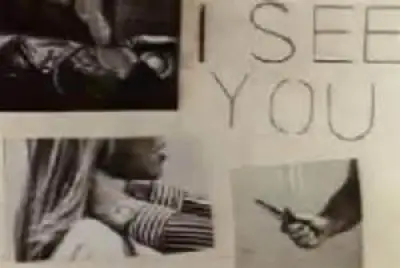
Threatening note received by Cindy
Tilley, Cindy’s mother, stayed the night at her house on July 9, 1984. Tilley was awakened in the middle of the night by Heidi barking, and she discovered Cindy inspecting the home’s main floor windows and doors.
They both heard the doorbell ring a little while later and saw that the window next to the front porch was smashed in multiple places. Two weeks later, on July 23, Cindy said that while walking her dog at 8:30 p.m. in the nearby Dunbar Park, she was attacked by a perpetrator.
She recalled being attacked by a bearded man operating a green vehicle while a female passenger was inside. She was discovered trying to enter a neighbor’s home in a bewildered state some hours later, around midnight, and was wearing a dark-grey nylon stocking around her neck.
Kaban came across her dog, Heidi stumbling about the parking area. Doctors at the adjacent University of British Columbia Health and Sciences Center saw two puncture scars on her right arm after transporting her there.
When police played audio of Makepeace’s voice, the hospital receptionist said a man with an accent had called the front desk to inquire about the security regulations of the facility when Cindy was receiving treatment. She felt there was a “high likelihood” it was the same person.
While being treated by a hypnotherapist in October 1984, Cindy revealed a suppressed recollection of seeing a double homicide but withheld any additional information.
Cindy James is Subjected To Increasing Violence
After the attack in July 1984, Cindy continued to receive anonymous phone calls. Still, none were long enough for the police to be able to track them properly, and they were unsuccessful in surveilling her home.
Under hypnosis, Cindy admitted to the police in January 1985 that she had seen her ex-husband kill a man and a woman in July 1981 when the couple was on vacation at a cottage on Thormanby Island, close to Sechelt, and then sever their bodies with an axe.
Cindy claims that during the dismemberment, Makepeace rubbed blood from one of the victims’ amputated limbs across her face. Melanie, Cindy’s sister, who was traveling with her at the time and who had no memory of anything untoward, was later revealed.
After attempting suicide by overdosing on prescription pills in the latter part of June 1985, Cindy was forcibly sent to the mental ward at Vancouver’s Lions Gate Hospital, even though she later claimed she had no intention of dying.
She permitted police to listen in on a phone call she had with Makepeace on July 2, during which she accused him of being the cause of her issues and questioned him about the recollection she had while being hypnotized of him killing two people.
Makepeace rejected the events throughout the chat, calling Cindy “crazy” and engaging in an “enormous” revenge fantasy. Following this taped call, the RCMP dispatched officers to watch Cindy, Makepeace, and two additional unnamed suspects round-the-clock for a week.
Nothing untoward was eventually seen, and the surveillance was stopped. Authorities looked into Cindy’s allegations further regarding the alleged dismemberments made by Makepeace. Still, they could not uncover any proof of murders or cases of missing persons at the time in the Gulf Islands.
According to Makepeace’s lawyer, the claim sent investigators on a “wild goose chase” as they looked to locate the cottage where the alleged killings took place but were unsuccessful.
Early in July, a charcoal-colored nylon stocking and a message that said, “Blood flowing freely,” were delivered to Cindy’s house. On July 27, a few weeks later, she discovered rotting raw meat from a tiny animal in a cosmetics container on her front porch.
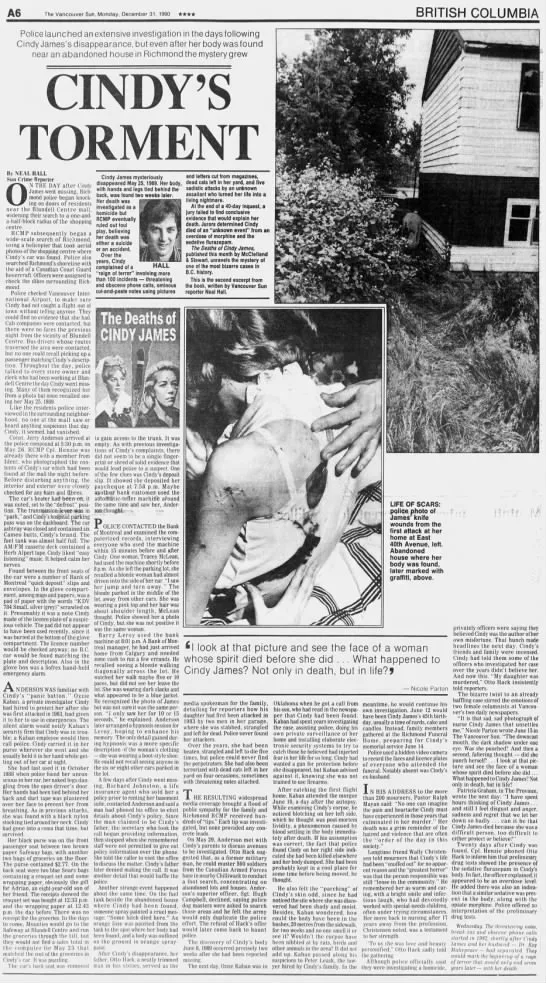
The newspaper article after her death
Cindy called the police station on August 5 to report a fire at her house. Authorities discovered what appeared to be burned newspaper fragments spread throughout the room; Cindy later reported another fire.
At around 4:45 in the morning on August 21, a third fire started in Cindy’s house’s basement bathroom. When firefighters and police arrived at the house, they saw Cindy and private eye Kaban having a “heated” debate about how she had taken her dog for a walk around 3:15 am and returned home to find the fire.
Authorities discovered a window in the bathroom that was partially ajar, but there were no signs of entry or escape on the soot and dust on the ledge. The restroom had burned pieces of a newspaper. Later, a detective who looked into the fire stated that he thought Cindy had set the fire herself.
“This woman was attacked from all sides, both within and without… She was in the middle of a nightmare.”
-Dr. Anthony Marcus, a psychologist who conducted a 1985 interview with James
Carol Halliday of the RCMP asked Dr. Anthony Marcus, a psychologist, to speak with Cindy and look over the various case files in the fall of 1985. Halliday believed Cindy was fabricating her accusations and planning her attacks and that the different male officers who looked into them for her had been “conned by the histrionics of a gorgeous woman.”
Halliday got engaged in the case after reporting with a colleague at the August 21 fire event.
Marcus expressed his professional judgment that Cindy might have had dissociative identity disorder resulting from a traumatic childhood event based on his interviews and examination of police files, even though he did not inquire about Cindy’s early life during their interviews.
Cindy moved to a new home in Richmond on December 1. She was discovered by passing vehicles in a ditch around 6 kilometers (3.7 miles) from her home, close to the University of British Columbia campus, ten days later, on December 11, at around 6:00 p.m.
Again, a nylon stocking was firmly fastened around her neck, and she was sporting a single glove and a pair of men’s work boots. Cindy was brought to a nearby hospital with hypothermia due to the bitter cold, and it was thought that she had been given a tranquilizer injection. She also had several cuts and bruises on her body.
Cindy claimed to have no recollection of what had happened or how she had arrived at the scene when she was interrogated in the hospital; her last recollection was going to have lunch during her workday and then stopping at a nearby pharmacy.
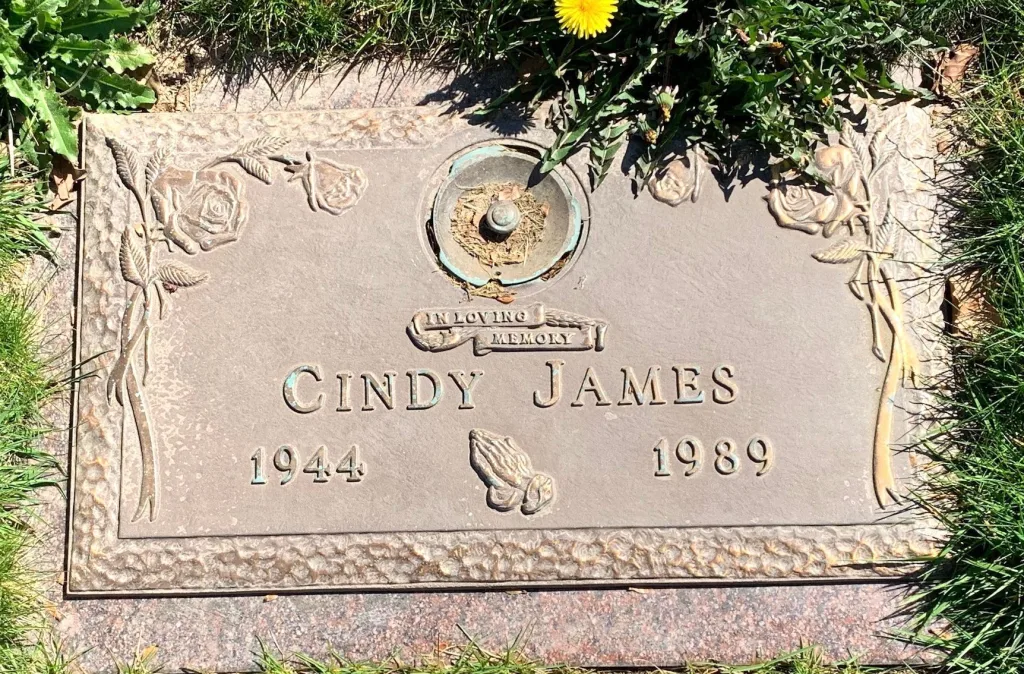
Grave of Cynthia Elizabeth James aka Cindy James
She traveled to West Germany to spend Christmas with her brother Roger after feeling defeated by the notion that the police did not accept her story.
In an effort to further hide her identity, Cindy legally changed her last name from Makepeace, the surname of her ex-husband, to James in the early months of 1986. Agnes Woodcock, a friend of Cindy’s, and her husband Tom occasionally stayed the night at Cindy’s house to help the latter calm down.
Cindy informed the couple that she heard a disturbance inside the house on April 16 and woke them up. They discovered another fire had been lit in the basement after further investigation. They discovered the phone was dead when they tried to call the fire department.
When Tom left the neighbor’s house to call the police, he claimed to have seen a man standing on the sidewalk in front of the house; when Tom approached him, the individual ran away on foot.
Following the fire, Cindy stayed with the Woodcocks for a few days, during which time they observed that she refused to eat and expressed opinions to the effect that her existence was no longer worthwhile.
Psychiatrist Allan Connolly, who had been seeing Cindy since January 1983, visited with her and informed her that he was concerned for her safety even though he had long trusted Cindy’s claims of harassment.
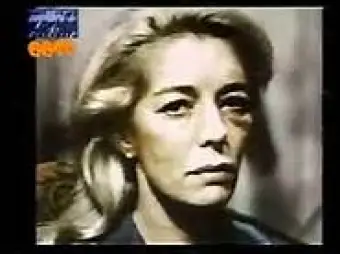
Cindy James is pictured bruised during the police enquiry
Connolly put her in St. Paul’s Hospital’s psychiatric ward for two weeks when it was discovered that she had anorexia and depression. After that, she was moved to Riverview Hospital, where a thorough psychological evaluation was done. The report mentioned:
On initial inspection, this 41-year-old woman was highly reluctant. She would only respond with single words. She wouldn’t make eye contact and wouldn’t talk about many things. She was noticeably happier on the second date.
She was prepared to talk and had already passed the previous tests. She seems uneasy about the potential applications of the tests. Except when talking about the terrifying incidents, she kept good eye contact but would look down or shield her eyes and speak slowly. When recalling these events, she sobbed a lot and appeared disturbed.
The patient continued questioning if she was crazy based on her responses to the questions. Her IQ is far above average. This kind of person can be described as conformist and pessimistic.
They fluctuate between social acceptance and friendliness and exhibit erratic moods, pessimism, and sullenness. Through their obstructionist and destructive behavior, they frequently foresee and hasten disappointments. This kind of person frequently succumbs to worries.
Cindy was released from the hospital after a ten-week stay. She allegedly told her father that she had been “withholding information” about her claimed attacks, admitting that she knew the attacker but would not identify him.
Cindy James is Targeted Relentlessly
Cindy started working as a nurse at Richmond General Hospital in August 1987. After a back window was shattered on August 28, her house alarm went off, and three days later, on August 31, she called the police to report that her front porch lightbulbs had come loose.
The basement door window had been damaged by a glass cutter, which she reported the following week. Cindy reported that her home’s window had been broken in February 1988 after being taped shut with electrical tape.
Makepeace’s home answering machine played him two weird voicemails on October 11, 1988. In one of the messages, a raspy voice could be heard saying: “The other said: “More smack, more downers, another grand when we trash the c**t. Cindy, dead meat soon. The transaction is over.”
He handed the recordings from his answering machine to his lawyer because he didn’t trust the Vancouver police because he thought they might use him as a target. Cindy was discovered comatose in her carport fifteen days later.
She was once more wearing a black nylon stocking around her neck and had been hogtied. She was also nude from the waist down. Around this time, Robert Chisnall, a mountain climber and expert in knots was employed by the RCMP to examine the knots on the nylon stockings she had been frequently discovered bound with.
Chisnall concluded that Cindy would not have been able to tie such knots herself at the time.
Richard Johnston, a life insurance salesman Cindy had bought a policy from, moved into the basement apartment of her home in January 1989. Cindy offered him the rental on the grounds that she would feel safer having someone else live with her.
On April 8, a security officer at Richmond General Hospital, where Cindy worked, found a note that read “SOON, CINDY” written in cut-and-pasted letters on the property. The dew on her windscreen also had the words “sleep well” scrawled in it.

The note that was found by a security guard.
The RCMP utilized scent hounds to try to find the alleged intruder after there was a reported attempted break-in at her house on April 29. Following a second suspected break-in on May 10, 1989, scent dogs were once more used, and they successfully followed the smell of an unidentified person over Cindy’s house’s garden fence.
The RCMP expended an estimated $1–1.5 million researching Cindy’s claims over the course of the roughly seven years she had reported the different incidences. Still, no proof could be found to support them.
Authorities believed Cindy was fabricating the events and staged them to make it seem like a dangerous person was stalking her. Cindy complained about the police force, except for one investigator, Jerry Anderson.
She specifically cited Anderson in her complaint to the RCMP for “his patience, unfailing professional conduct, and his exemplary investigation of this case… He is the only member of the RCMP I feel I can trust and be comfortable with” due to her perception that several officers had dismissed her claims.
The Disappearance of Cindy James
Cindy picked collected her paycheck from Richmond General Hospital on May 25, 1989, at 4:00 pm. She spoke to a coworker there, who observed that Cindy appeared to be in high spirits and that she had told her there had been no odd behavior at home for at least two weeks.
Cindy was last seen entering a Bank of Montreal at the Blundell Shopping Center and shopping for groceries at a Safeway many hours later. At around 7:59 p.m., Cindy deposited her paycheck at the bank’s ATM, where a bank customer claimed they had been in line behind her.
Cindy had arranged for Agnes and Tom Woodcock to play bridge, stay the night, and install an infrared detecting system for security purposes at her home. The Woodcocks went to Cindy’s residence at around 10:00 pm after waiting to hear from her and discovered it to be locked and without Cindy’s Chevrolet Citation.
They had a brief conversation with Johnston, who informed them that she had earlier said that she was going shopping. The Woodcocks discovered Cindy’s abandoned car in the parking lot as they drove through the Blundell Shopping Centre, which they knew she frequently visited.

Cindy James’ car abandoned in the parking lot
They then drove to the Richmond RCMP office to file a missing person’s report for Cindy. Despite the fact that she had only been away for a few hours, a patrol car was sent to investigate due to her lengthy relationship with the police.
The contents of Cindy’s wallet were discovered lying below the car, along with groceries and a wrapped birthday present for her friend’s little boy. Blood was also discovered inside the car on the driver’s side door.
Her home was afterward inspected that evening, and it was clear that nothing had been disturbed: officers noted that the property was tidy, clean, and full of numerous “well-tended” houseplants. In an effort to find the missing woman, the Canadian Coast Guard conducted river and Gulf of Georgia searches in the region.
Johnston, Cindy’s tenant, told police he had received a call at his workplace from a man purporting to be her father asking about her life insurance policy a few days after Cindy was reported missing.
Johnston’s secretary advised the caller that he would need to come into the office because private insurance problems could not be discussed over the phone. Cindy’s father denied ever making the call when the police questioned him.
Cindy James is Discovered — Dead
Cindy James’s body was discovered on June 8, 1989, in the backyard of an abandoned home at 8111 Blundell Road in Richmond by Gordon Starchuck, a municipal paving worker. Her neck was securely bound in a black nylon stocking, and her body was hogtied with rope in the fetal position.
Blackberry bushes covered Cindy’s right leg, and her coat was discovered next to her body. Her remains were discovered on a property that was close to an intersection on a major street with lots of pedestrian foot traffic.
Police discovered graffiti written in orange spray paint that said, “Some bitch died here,” on the home’s external gasoline tank.
From the fuel tank to the location where her body was lying, a line that was spray-painted with the same orange paint along the ground encircled it. Another “Devil”-themed spray-painted graffiti was discovered inside the abandoned house.

The house where Cindy James’ body was discovered
Cindy’s hands had been bound so tightly that one finger had scratched another down to the bone, according to Sheila Carlyle, a pathologist who examined Cindy’s body on the spot. The inner right elbow of the body has a pinprick consistent with a hypodermic needle.
According to forensic entomologist Gail Anderson, the body had already started to decompose at the location where it was discovered as early as June 2, 1989, based on insect and larval activity on the remains.
Cindy was found dead from multiple drug intoxication caused by significant doses of morphine, diazepam, and flurazepam, according to an autopsy.
She had ten times the amount of morphine needed to be fatal in her blood, according to a blood toxicology result.
According to a toxicologist’s analysis of Cindy’s stomach contents, she had consumed a fatal combination of up to eighty 30-milligram flurazepam tablets, several diazepam tablets, and about twenty 30-milligram flurazepam tablets orally.
The pharmacologist who examined the toxicology report was “baffled” because the technique by which the morphine had been delivered could not be identified. Cindy was found to contain traces of morphine in her stomach, although Dr. John McNeill suggested that the substance may have been injected intravenously.
According to McNeill’s calculations, Cindy would have become unconscious in a matter of minutes. She would have passed away in a matter of hours if the morphine had been administered intravenously instead.
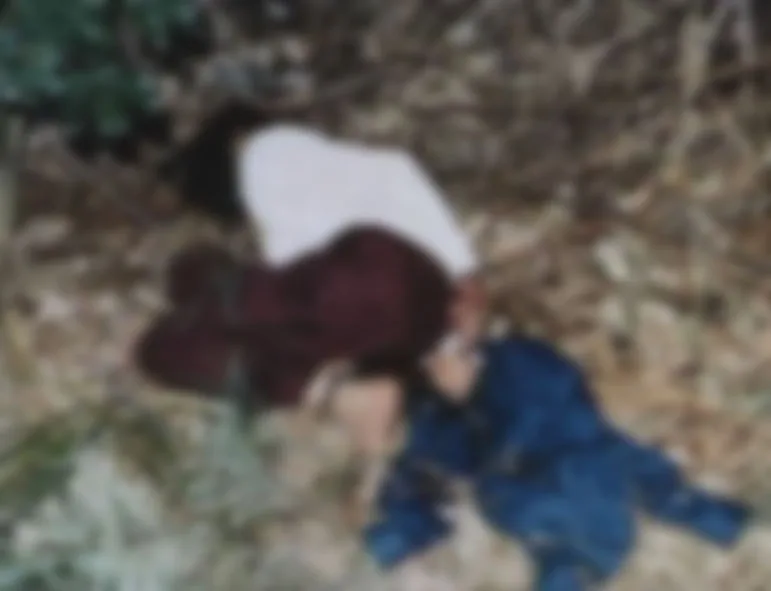
Cindy James is discovered bound and dead (censored). The uncensored image is accessible here.
The overdose was “so huge that there was no realistic estimate of how long Cindy might have remained functional,” the authorities ultimately found.
Based on the theory that Cindy had made up many of her past accusations of attacks and stalking, the RCMP believed Cindy’s cause of death was either a suicide or accident, which various local tabloid news outlets soon publicized.
On June 10, Kaban, her personal private investigator, went to the mortuary to check her body. While there, he noticed that the left side of her body had lividity, which is the post-mortem settling of blood that is evident on the skin.
Kaban believed that she may have passed away somewhere else and that her body was moved to the location where it was eventually discovered because it had been found lying on its right side.
On June 14, 1989, two days after Cindy would have turned 45, a memorial service was conducted for her. Police used covert cameras to monitor the memorial event, recording everyone who was present and their faces and vehicle plates.
Makepeace, her ex-husband, was not present. The abandoned home where Cindy’s body was found was demolished in the summer of 1989.
Investigation into the Death of Cindy James
In the spring of 1990, a thorough inquest into Cindy’s passing was held in Burnaby. Five jurors were present, and the proceedings included testimony from more than 80 witnesses.
The inquiry was initially intended to last three weeks, but twenty-one extra days were added since it “progressed significantly slower than predicted.” The inquest, which lasted a total of 40 days, was at the time the longest and most expensive in British Columbia.
The two recorded phone messages that Makepeace had received on his answering machine were among the evidence that was presented.
Makepeace accused Cindy’s father of physically abusing her throughout her childhood and claimed that one of Cindy’s brothers had molested her during his testimony on the witness stand. Additionally, he said that the police were trying to frame him.
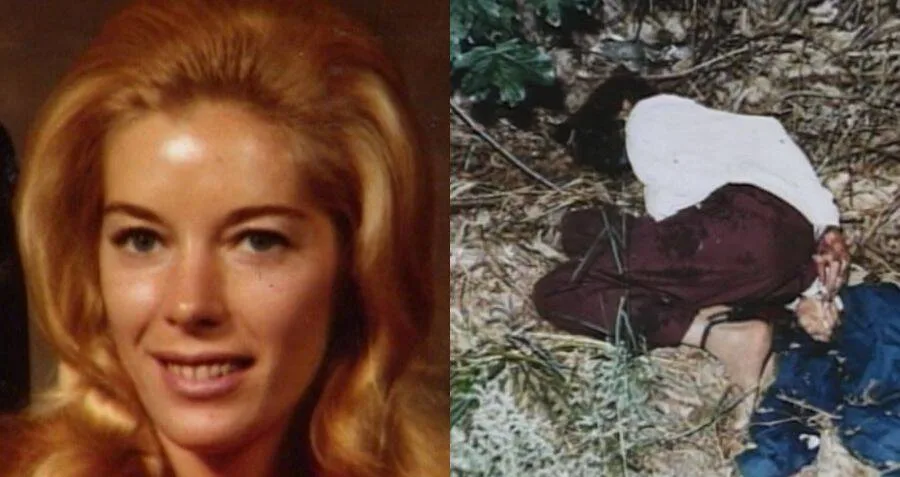
The story of Cindy James is heart wrenching and disturbing at the same time
It was also revealed that Cindy’s parents discovered a stash of various pills in her home shortly after her passing, which they flushed down the toilet. These prescriptions included sedatives and antipsychotics that her psychiatrist gave her.
In Cindy’s purse, a glass cutter, a medical syringe kit, a urinary catheter, and a saline solution were also discovered by Cindy’s younger sister, Melanie.
The evidence given to the jury included a gruesome video of Cindy’s decaying body as it was discovered at the location and multiple testimonies of her mental state in the moments before her death.
Several psychologists and psychiatrists gave testimony, including those who had treated Cindy directly over the years. Dr. Wesley Friesen, Cindy’s longstanding psychiatrist, said he suspected she had a borderline personality disorder with components of post-traumatic stress disorder.
Dr. Paul Termansen, who examined Cindy, testified that he thought she had a hysterical personality disorder. According to Friesen, Cindy harbored a “tremendous amount of hate” toward her father.
Based on their repeated meetings, Friesen thought there was a “high chance” that he had sexually molested her as a child, even though she never said it had happened.
During the inquest, efforts were made to determine whether Cindy could have bound herself in the condition in which she was discovered.

The death of Cindy James remains Vancouver’s creepiest mystery. Rest in Peace, Cindy
For example, knot expert Robert Chisnall demonstrated in court how Cindy could have bound herself in three minutes or less without the effects of the drugs in her system taking effect.
Exactly one year after Cindy vanished, the inquest concluded on May 25, 1990. The jury could not establish whether the woman’s death was due to suicide, homicide, or accident after deliberations. Cindy’s death was eventually determined to result from an “unknown occurrence,” and the investigation was formally closed.
RIP, Cindy James.
Next, read about Joe Metheny, The Man Who Made Burgers Out of His Victims and Sold Them to the Public. Then, I think you’d be interested in the Unsettling Case of The Brazilian UFO Abduction and Mutilation of a Man In 1988.

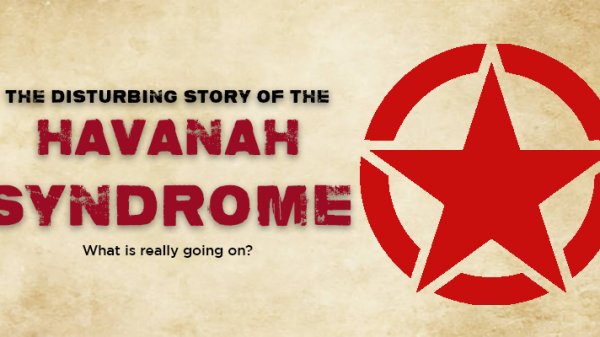
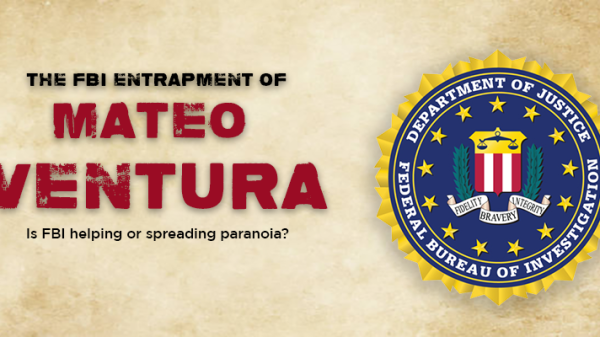


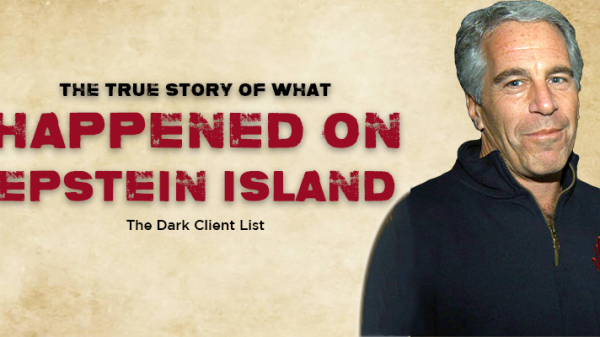




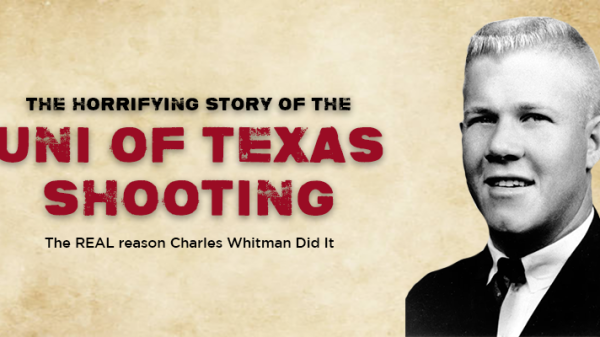

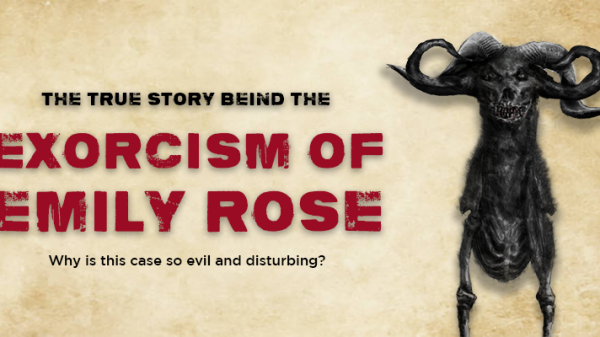
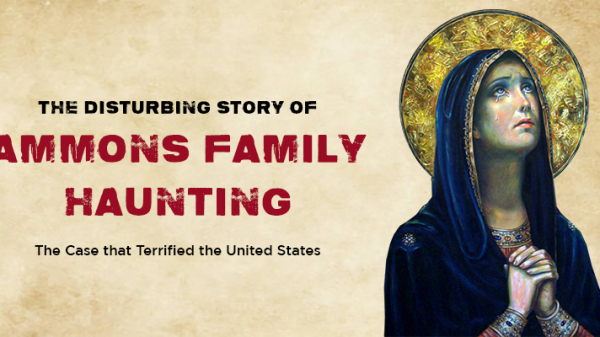


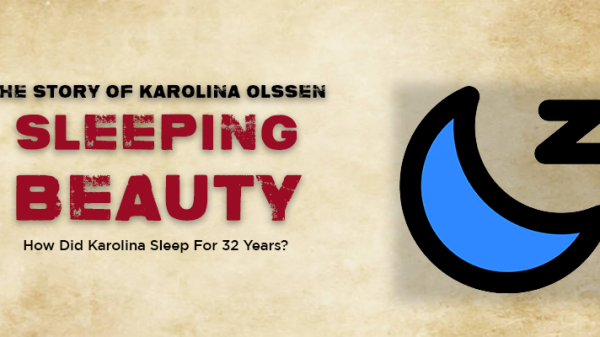
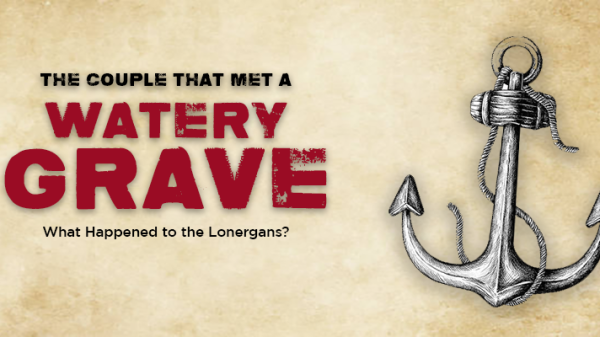
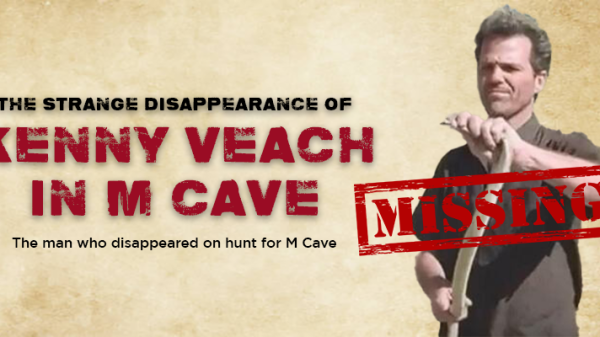


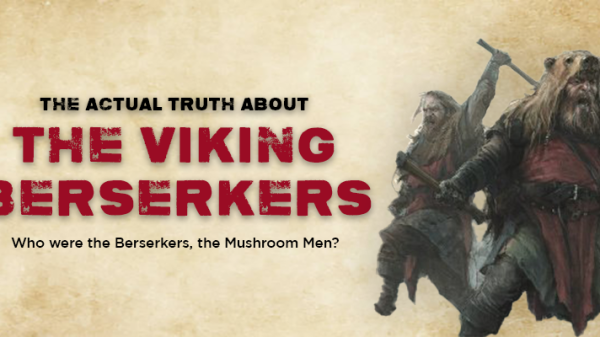




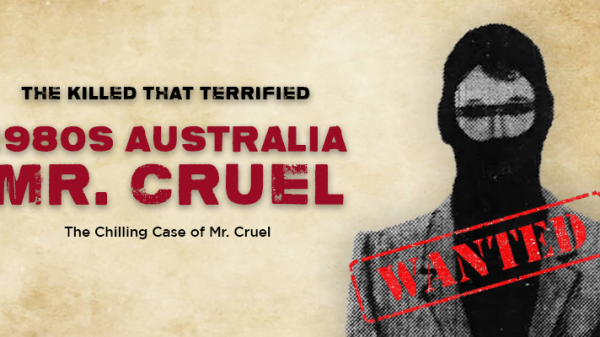
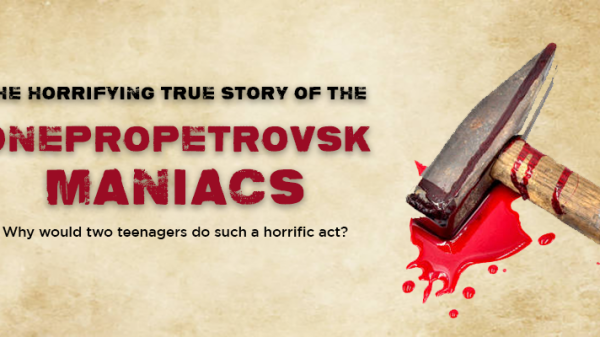


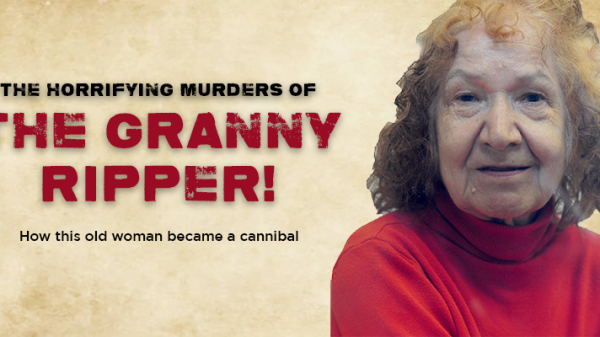
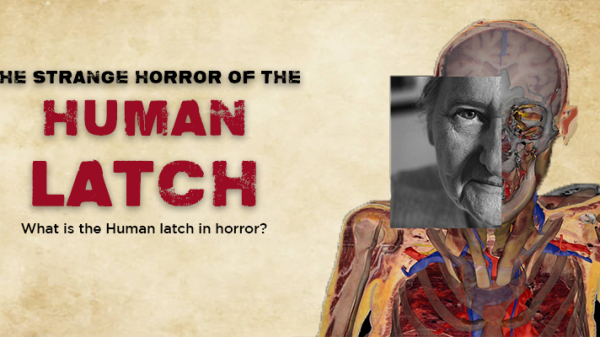






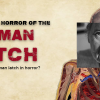






dmlzr
February 5, 2023 at 8:11 am
Such a good read!
Poor women, wonder what really happened and if it would be easier to work out now…
Mr Morbid
February 5, 2023 at 9:14 am
Thank you for reading! It’s a tragic and unfortunate case indeed…
JC
June 23, 2023 at 8:43 am
In her email? Yea,no.
They didn’t have email back then. How tf did you screw that up?
Q
February 5, 2023 at 10:21 am
She killed herself most defenitely
Debra
February 5, 2023 at 2:24 pm
What an unbelievable story. I’d love to know what really happened, murder or suicide. I guess we will never know.
Shinuba
February 5, 2023 at 3:41 pm
I love to read your reports, they are so interesting and always get to me!
But this one really creeped me out … poor Cindy.
Imagine having to go through all of this and nobody is able to help. 🙁
Maybe somebody is brave enough one day and picks up this case again.
Would love to know what really happened …
But great work, keep it up! c:
Mr Morbid
February 6, 2023 at 4:45 am
Thanks! And yes, it’s a tragic case, and I hope it gets solved!
JC
June 23, 2023 at 8:45 am
Seriously. Wtf is this?
“Cindy periodically mentioned an unknown intern she had met while studying in her emails to her family during this time.”
In her emails to her family? No. No email, bro. This wasn’t 1998.
Mr Morbid
June 23, 2023 at 9:21 am
Sorry, my mistake, brother. It’s normal mail. I’ll edit it. Thanks for bringing this to my attention.